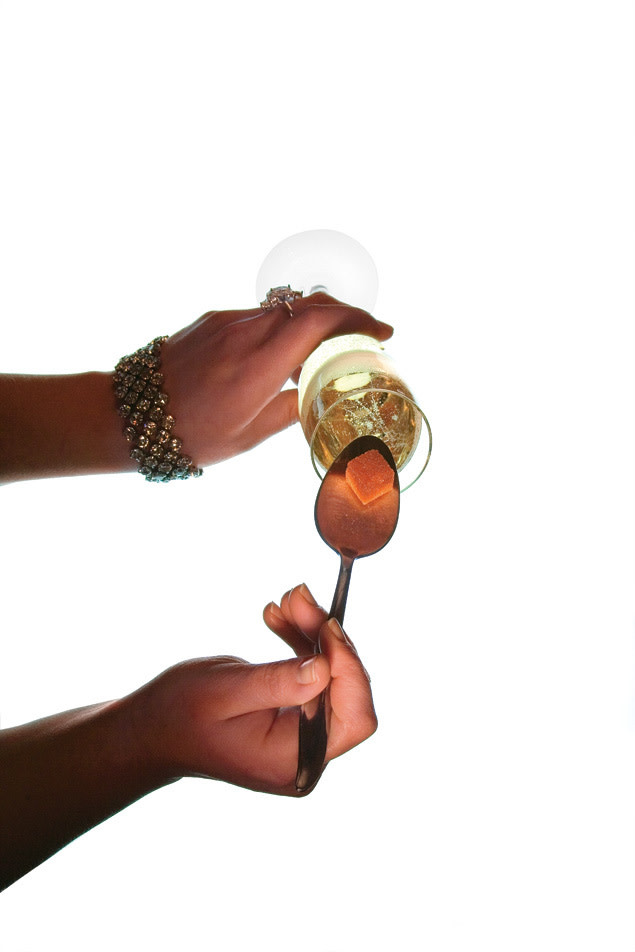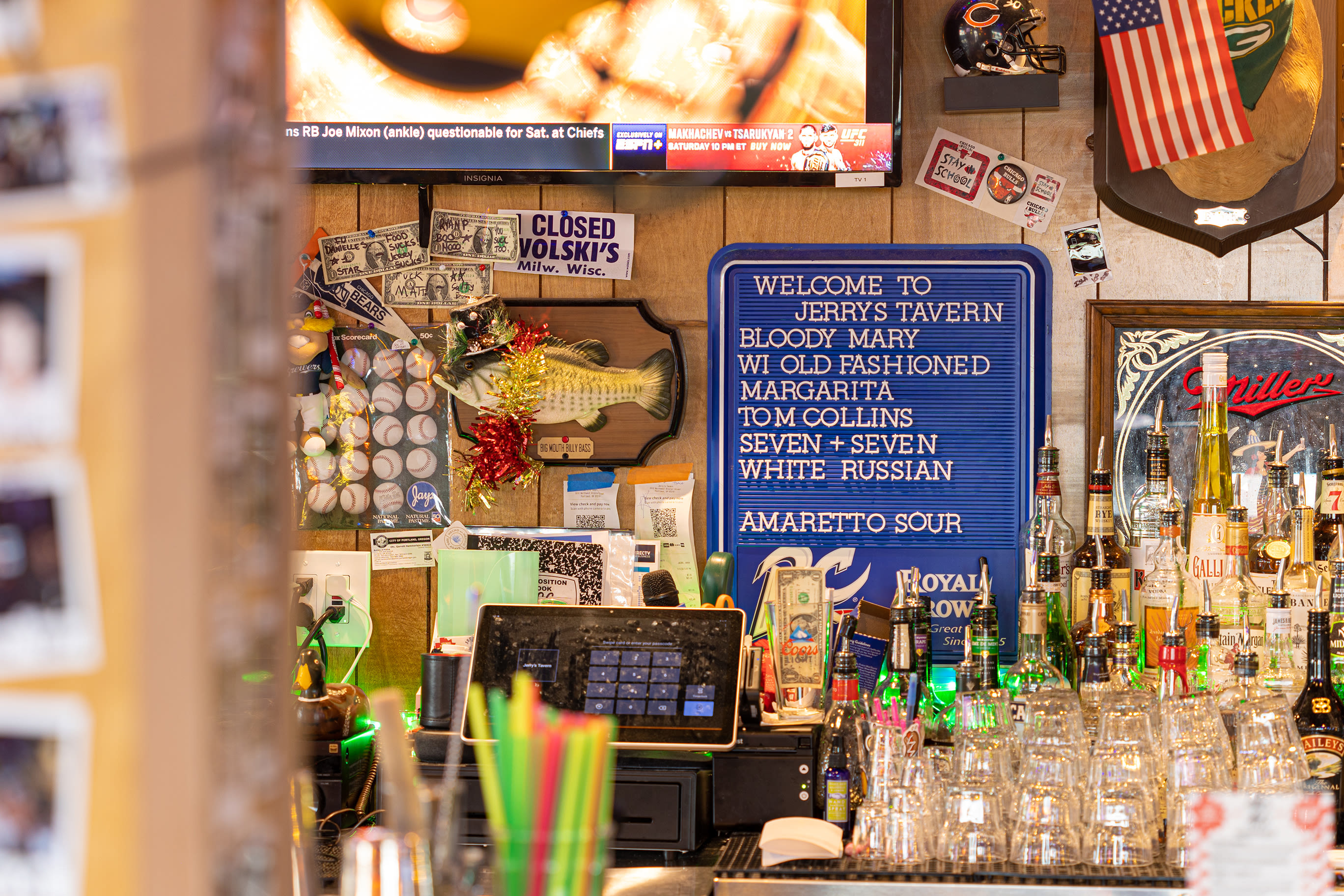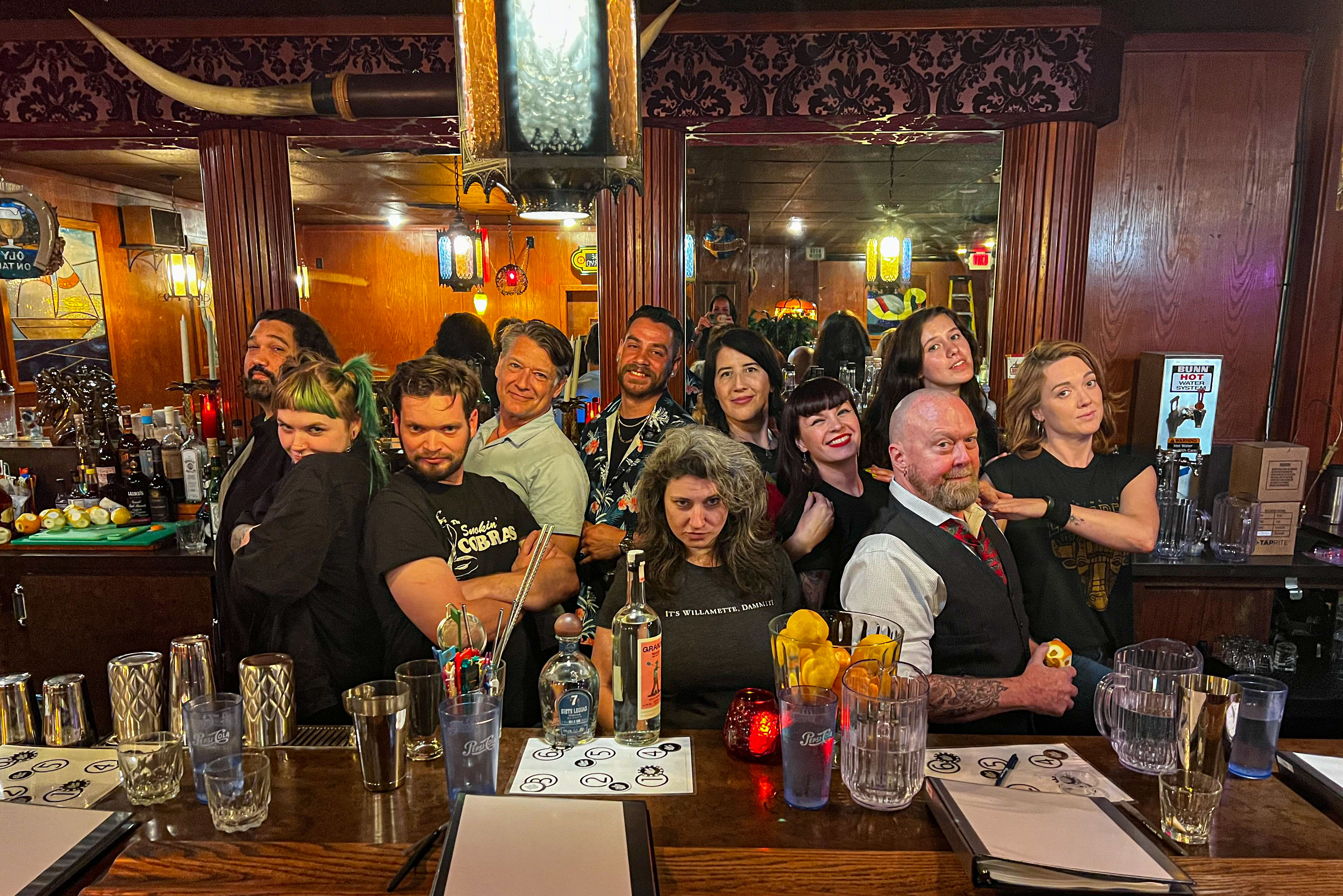Fizz Ed

Let’s first dispense with the myth that champagne is too precious to be adulterated by, say, a sugar cube, or a dash of bitters, or (heavens, no!) a dram of brandy. Even the French, the prophets of the champagne cult, know this isn’t true; it’s even rumored that les Français are heretical enough to pour roughly one out of every five bottles of bubbly they consume into a cocktail. What’s more, champagne has always been an adulterated drink: Many sparkling wines on the market these days have had sugars added to them, and in the potable’s early years brandy was often incorporated during the manufacturing process. Lastly, the best mixologists in this country agree that champagne’s effervescence can elevate the subtleties of everything from bourbon, gin and vodka to port and even stout (in a cocktail otherwise known as the Black Velvet, which consists of equal parts champagne and Guinness).
Now that we’ve overcome this unfortunate misconception, we can move on to an undeniable truth: The champagne cocktail is one of the classiest (read: sexiest) drinks around. And despite popular belief, champagne cocktails are for everyone, not just the ladies. In fact, as early as 1934, Esquire, the quintessential gentlemen’s magazine, declared the original champagne cocktail (4 oz champagne, 1 tsp brandy, 1 tsp Grand Marnier, 1 sugar cube soaked in 1 drop Angostura bitters and 1 orange twist) one of the 10 best cocktails of its time.
Today’s champagne cocktails may riff on the original formula, but they’re not limited to the ubiquitous mimosa or bellini. "You can make just about any classic drink, like a manhattan or even a margarita, and add complexity to it by pouring in a little champagne," says Adam Rhynard, co-owner of the Wine & Spirit Archive, a local mixology and viticulture education center. The general rule, according to Rhynard, is to use champagne as a topper, which means no more than 1½ oz added to the drink once it’s been shaken and poured. Rhynard prefers to use drier bubbly, such as brut. "If you use a sweeter demi-sec, use less sugar in your cocktail."
In honor of the giddy spirit of Valentine’s Day, we asked Rhynard to come up with an appropriate champagne cocktail. Since romance is as deep and dangerous as the ocean, he developed a formidably sturdy, intensely red-hued drink called the Jacques Cousteau: Combine 1½ oz Apple Jack, 1 oz Grand Marnier, ½ oz lemon juice and ½ oz homemade grenadine (1 part simple syrup dissolved into 3 parts unsweetened pomegranate juice) in an ice-filled cocktail shaker. Shake and strain into a chilled champagne flute. Top with 1½ oz champagne or sparkling wine. Squeeze a twist of lemon over the drink to release the rind’s oils, run it over the rim of the glass and serve to the one you love.




